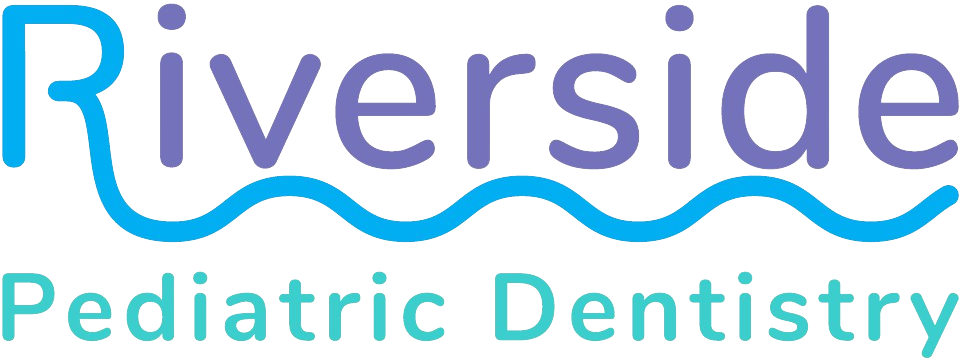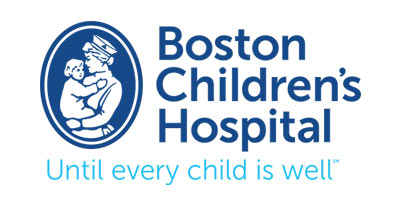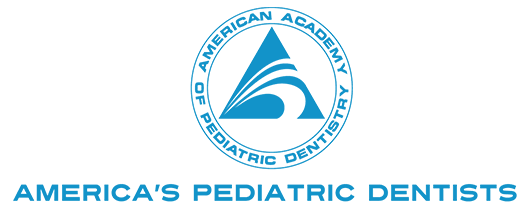The American Academy of Pediatric Dentistry (AAPD) recommends that all children be seen by a pediatric dentist by their first birthday, or when the first tooth erupts. Though your child won’t remember these visits and may not be cooperative, it allows us to evaluate their oral health and growth from a young age to prevent future dental concerns. We also provide important education about your child’s future dental milestones and answer any questions you may have.
Yes! We recommend that fluoride toothpaste be brushed on the teeth as soon as they begin to erupt. Research shows that this greatly reduces the risk of cavities. For children under 3 years old, a very small “rice size” smear of toothpaste should be used twice daily. For children aged 3-6, a “pea-size” amount of toothpaste should be used twice daily. Over age 6, a normal amount of toothpaste can be used. These recommended amounts are safe for a child to use if they accidentally swallow some of their toothpaste during brushing. Learn more by clicking here.
Our office uses the most up-to-date digital X-ray technology that emits the lowest amount of radiation possible for a dental X-ray. In fact, you receive more radiation from natural background radiation outside than you do from one X-ray in our office! X-rays are an important diagnostic tool that we use to detect cavities, gum disease, or other oral conditions that cannot be seen with a normal dental exam. X-rays also help us monitor your child’s dental growth and development so we can make appropriate recommendations as they lose and grow new teeth.
Most children start to lose their first tooth around age 6, usually the bottom front teeth. Around this same time, you may notice that new teeth will be erupting behind the last baby tooth in the back. These are their permanent “6-year” molars, which can cause discomfort for some children as they break through the gums.
Sometimes the permanent teeth do not come in directly under the baby teeth to push them out, and your child may have two rows of teeth (like a shark!). The baby teeth should continue to be wiggled daily with clean fingers, but if they aren’t loosening up despite best efforts, we may need to help that tooth out by removing it.
We treat cavities in baby teeth to prevent future pain or infection for your child. Dental pain and infection can disrupt eating, sleeping, or cause a larger infection that spreads to their whole body. If teeth need to be taken out early due to infection, a space maintainer will need to be placed in order to avoid drifting of the adjacent teeth.
Sometimes poor brushing can give teeth a yellow appearance, but not always. Baby teeth are naturally whiter and permanent teeth come in with a more yellow appearance. When the child is losing baby teeth but growing permanent teeth at the same time, this can cause the illusion of a distinct yellow color, when really this is a normal occurrence.
One in every 3,000 babies are born with baby teeth (natal teeth) or have them start to erupt within the first month of life (neonatal teeth). It’s important to bring your baby in for a check up as soon as you can so the teeth can be evaluated to make sure they are not at risk of falling out. Most often, these teeth can be brushed and will become less loose as the child grows. When you come for a visit, Dr. Cook will advise you on how to best care for these teeth at such a young age.





